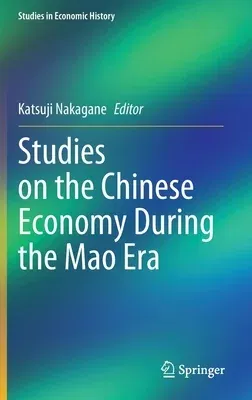This book focuses on several specific features characterizing China's
economy in the Mao era (1952-1976), and discusses whether and how they
are related to the new economic strategy called "reforms and opening-up"
under Deng Xiaoping's leadership with the result of the aftermath of
well-known rapid growth.
It provides the reader with basic knowledge of the continuity and
discontinuity between the Mao and Deng eras. Readers are provided with
some important clues for thinking about how Maoist China could have
contributed to or alternatively prevented today's economic development.
The topics addressed here include a brief overview of economic
development under Mao, significant differences between Mao and Deng
economics, and socialist transformations during the early Mao era. These
include collectivization as well as communization and the effects on
agricultural productivity; water supply construction drives utilizing a
vast amount of rural surplus labor; rural finance; the effects on
national savings, and the development of heavy and light industry. Also
considered are the effects on the socialist industrialization, rural
small-scale industries during the Cultural Revolution and their
aftermath, and the realities of social life in a Third-front
construction site promoted by Mao's military strategy in the 1960s. This
book is highly recommended to readers who are interested in contemporary
China's economy, particularly to scholars and students. The volume gives
new insight into the background or preconditions that made possible
historically rare miracles of the Chinese economy after Mao.

